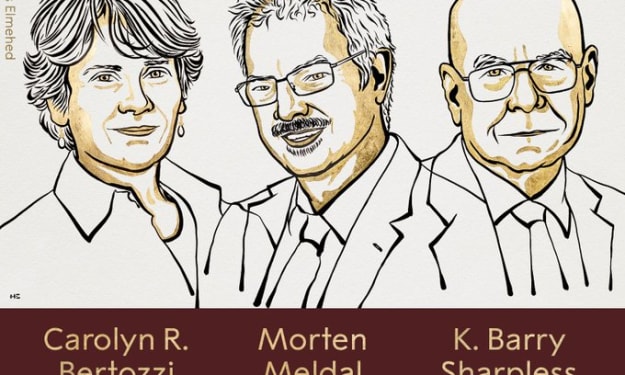Rediscovering a Lost Photography Technique
Remember when the only way to get a colored photograph was to paint it by hand?

I often joke that I’m at risk of having my Millennial card revoked because, when given the option, I will always choose low-tech over high-tech. Keyboards and screens are no match for pen and paper and when it comes to photography, I’ve never been drawn to the fancy schmancy editing software. For me, photography falls into a category that is becoming increasingly rare: hobbies.
I’m an amateur. I don’t consider myself to be especially gifted and I don’t have aspirations to make photography my profession or my side hustle or anything that can put money in the bank. It’s just something I enjoy doing. I take pictures because I like it. Full stop. But with this modern obsession with turning our passions into profit, it seems like many people can’t justify spending time doing something simply because they like it.
All of this is to say that you won’t find any clever industry tips in this article. No, instead I’m going to tell you about a time I learned something new and had a whole lot of fun doing it.
When I was in high school, I took two years of photography as my elective (which was honestly the best part of high school, but that’s another story). In the first year, we worked exclusively with film. Needless to say, low-tech me was thrilled. Most of the editing we did that year involved how long we exposed the negatives when making our prints, seeing how we could bring out more contrast with a few more seconds of light.
And then we got to the hand painting assignment.
If you don’t know, back in the days of black and white photography, it wasn’t uncommon to paint color onto the prints to, well, give them more life. I have one such photo of my grandfather from when he was in the army and whoever painted it went a little overboard with the rouge, if I do say so myself.
As a high school junior, though, this was an entirely new concept to me. I admit that when we were given the assignment, I figured it would end with a globby mess and a less than stellar grade, but hey, it was something different and I was excited to try it.
I chose a close-up photo I’d taken of a seashell and decided to try my hand at an ombre effect, starting with purple and the bottom and blending into pink and then a golden yellow. After printing a few copies of the photo in the school’s darkroom, experimenting with contrast, I finally settled on the lightest exposure, hoping the color would have more chance to pop. I took my time with that project. Long after my classmates had finished painting crazy hair colors onto pictures of their friends, I was still blending colors together until I had it just right.
The final effect was subtle. Just a hint of color. If you were to pass by this picture, you would probably think it was a simple black and white, but there would be a moment when you got close and suddenly realized, “Oh!” It’s a light touch, just enough to make you realize things aren’t what they seem.
That project inspired me to stop by my local camera store and buy some photo-safe paints so I could add color to more of my shots. It went from an obscure, old-school method of photo editing that I’d never heard of to a technique I really enjoyed.
I hadn’t thought about that picture in a long time. In fact, it was packed away in my old portfolio case with a whole bunch of other photos from my school days. I dug it out and have had it propped up in front of me the entire time I’ve been writing this piece, glancing up at it frequently as I remember how much fun I had painting it and contemplating what that experience meant now that an undisclosed number of years have gone by.
It also means that for the first time, I’ve had a chance to really study the picture.
The composition is off. The subject is off-center in a way that definitely doesn’t look intentional. If I could do the shot over, I’d center the shell in the frame. Not the most artistic composition, sure, but sometimes simplicity beats out complexity.
And then there are my painting skills.
My inner critic wishes I’d been a little more liberal when applying the paint, maybe made the colors a little more bold. But that’s what sets printed art apart from digital art. With digital art, you can work on a project until the end of time, making minor adjustments and getting ever closer to that vision you have in your head. With a physical picture, though, it is what it is. If you hate it, you can toss it and start over, but I prefer to hang on to those projects, imperfections and all. My picture isn’t perfect. Art rarely is. But I created something and that in itself is an amazing thing.
And you know what? I think it may be time for my seashell picture to find a home outside of the portfolio case.
About the Creator
Rebecca Johnson
Writer with a lot of different interests from dog rescue to medieval history to haunted houses to welding
Mental health matters
Follow me on Twitter @AliasRebecca






Comments
There are no comments for this story
Be the first to respond and start the conversation.